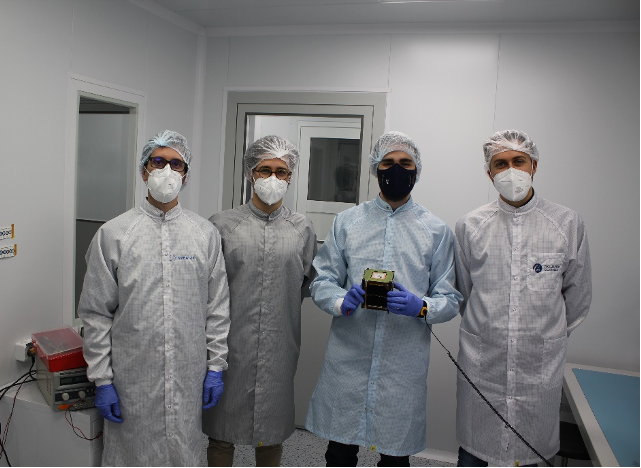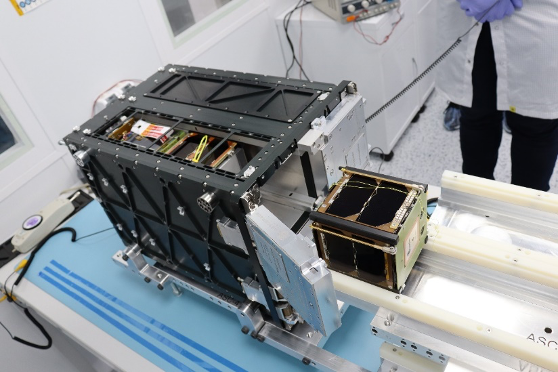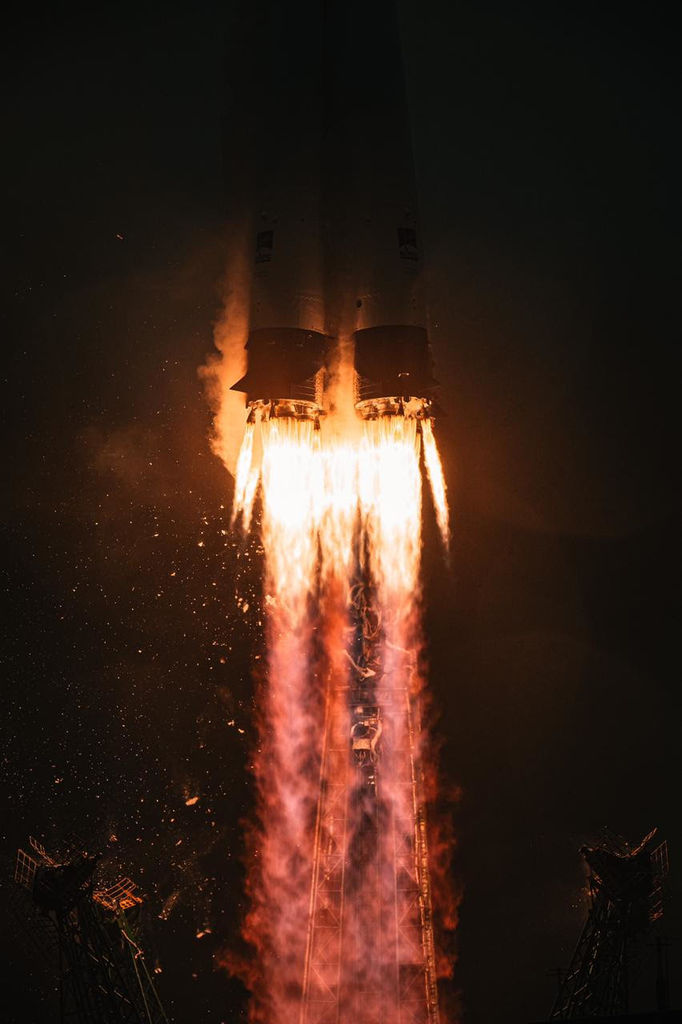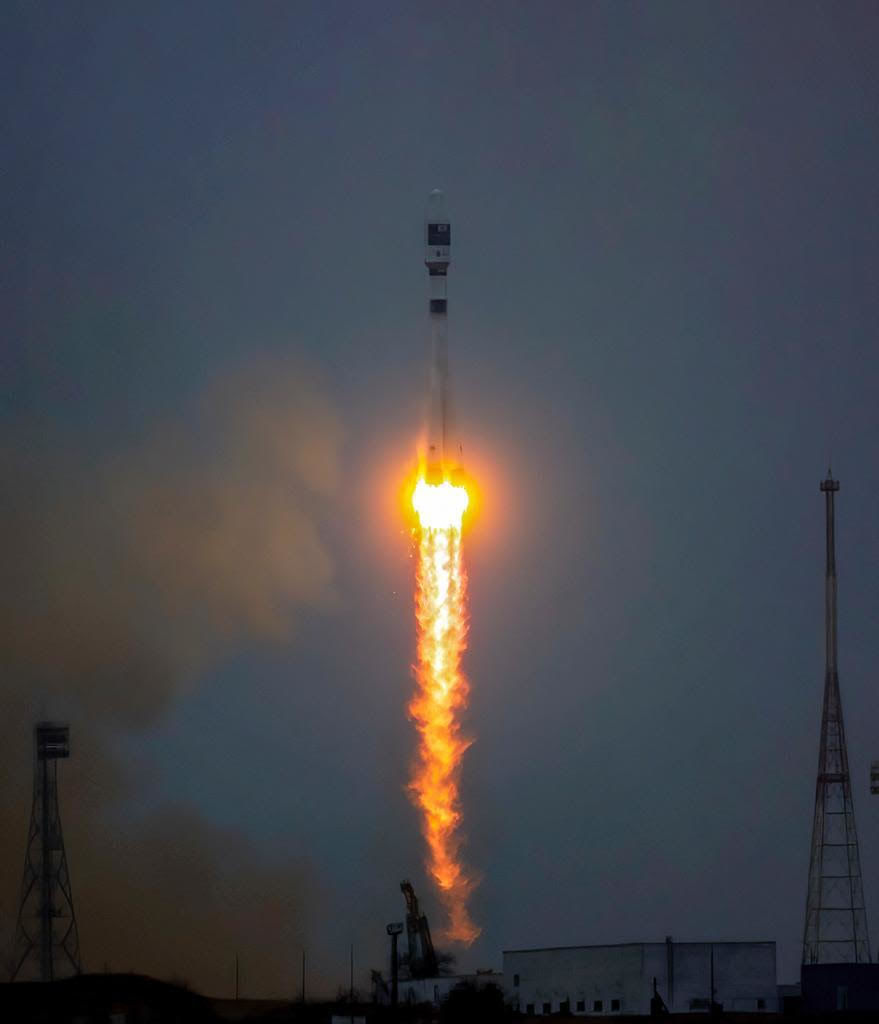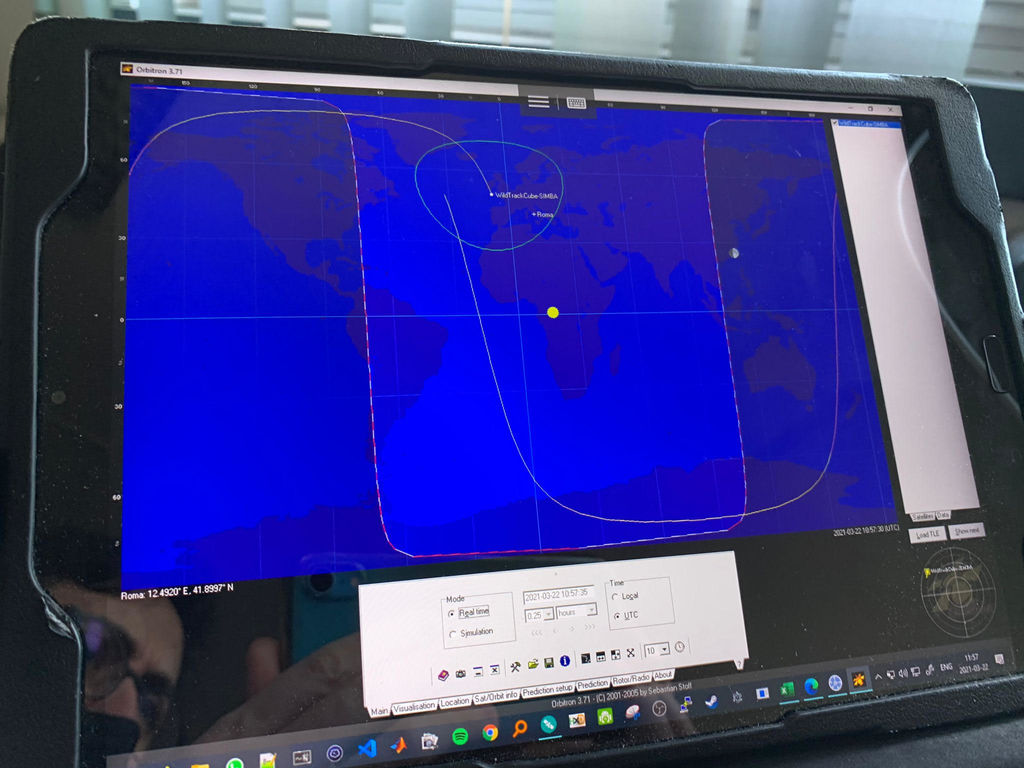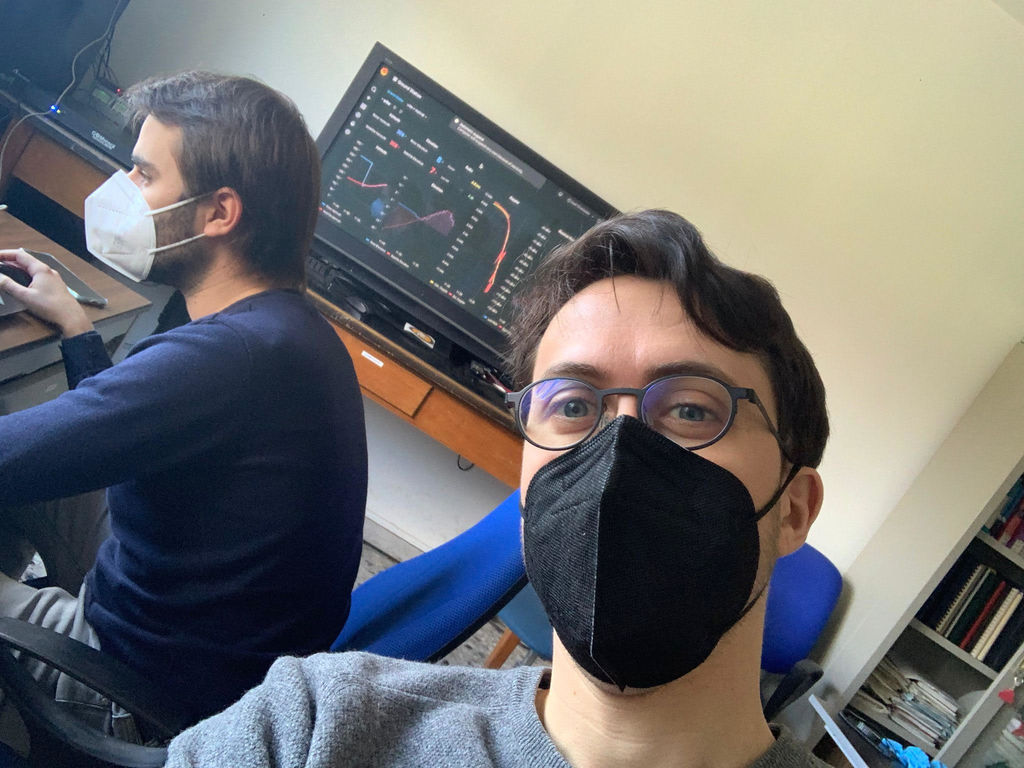
WildTrackCube-SIMBA: animal-monitoring satellite
WildTrackCube-SIMBA, the third in a series of satellites made for Kenya by Sapienza University of Rome, was launched on March 22 from the Baikonur Cosmodrome (Kazakhstan), following URSA-MAIOR, launched in June 2017, and 1KUNS-PF, launched in May 2018.
The WildTrackCube SIMBA - System for Improved Monitoring of the Behavior of Animals - was developed by students and researchers at the S5Lab - Sapienza Space Systems and Space Surveillance Laboratory, coordinated by Fabrizio Piergentili of the Department of Mechanical and Aerospace Engineering and Fabio Santoni of the Department of Astronautical, Electrical and Energy Engineering at Sapienza, in collaboration with Machakos University and the University of Nairobi, Kenya.
The three universities conceived the satellite as an innovative tracking system that will enable them to monitor wildlife in Kenya's national parks and study animal behaviour. The ultimate goal is to identify solutions to limit the dangers associated with their encroachment, such as serious damage to crops.
In particular, the device will be able to receive data on the geographical position and state of health of the animals, fitted with a collar, and transmit them back to the ground stations, where they will be processed with the collaboration of the participating Kenyan universities.
Researchers from Sapienza University completed the installation of the CubeSat WildTrackCube-SIMBA in the GK Launch Service launch system on February 12 in Moscow and participated in all the phases of integration. The satellite has completed all stages of preparation and is currently being transferred to the Baikonur Cosmodrome, from where it was launched on board a Soyuz/Fregat rocket on March 22, 2021.
The Italian Space Agency (Agenzia Spaziale Italiana - ASI) and the Kenyan Space Agency under the Italian-Kenyan University Nano-Satellites (IKUNS) programme supported the project. In 2019, the mission won the international competition 'Win a free launch of 1U Cubesat on the first commercial mission of GK Launch Services', sponsored by the International Astronautical Federation and the launch company GK Launch Services.
Further Information
Fabrizio Piergentili
Department of Mechanical and Aerospace Engineering
fabrizio.piergentili@uniroma1.it
Fabio Santoni
Department of Astronautical, Electrical and Energy Engineering
fabio.santoni@uniroma1.it
Paolo Marzioli
Department of Mechanical and Aerospace Engineering
paolo.marzioli@uniroma1.it
